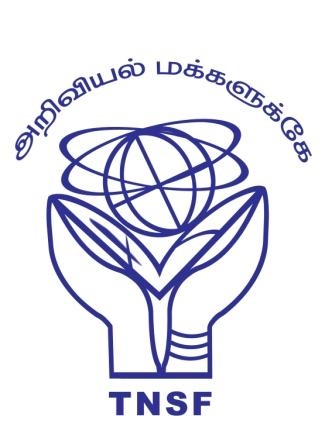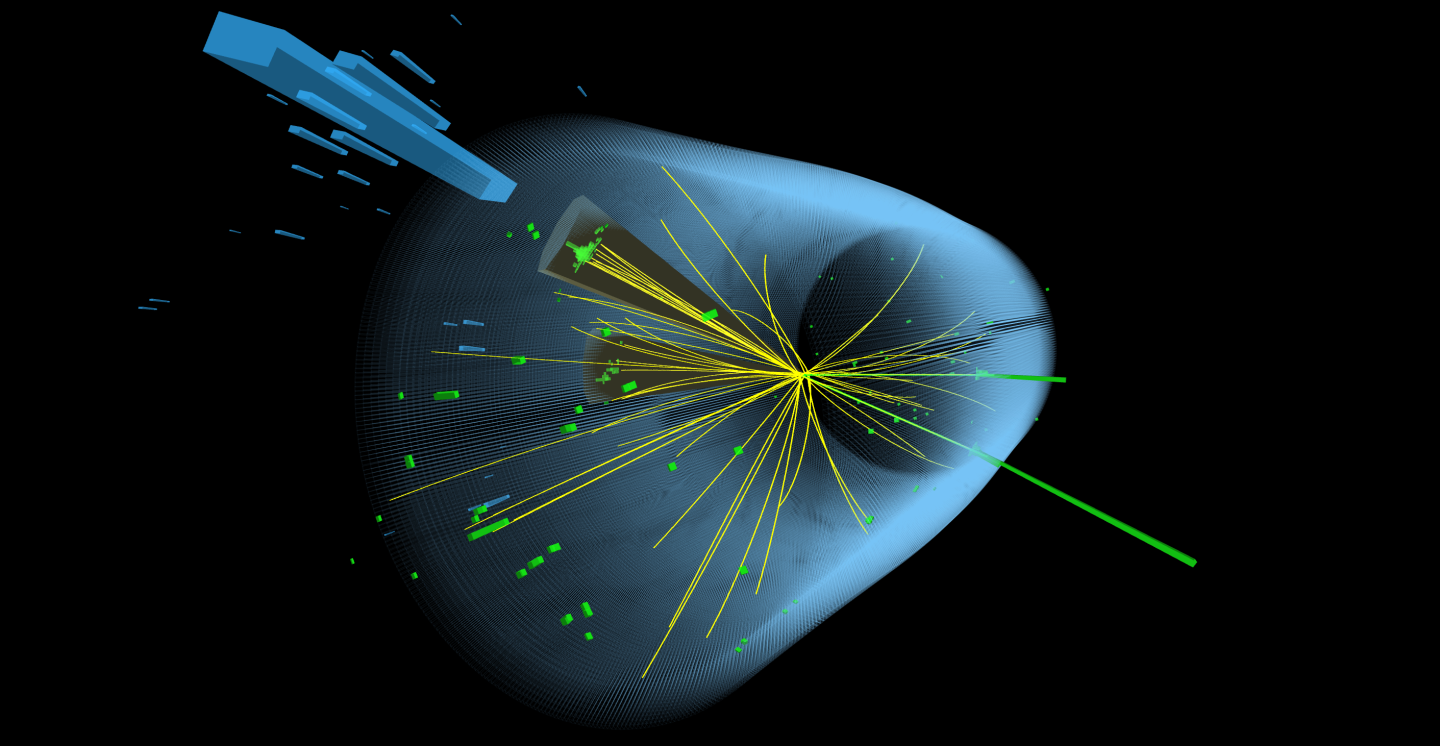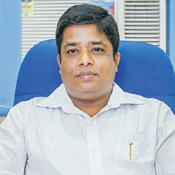About Program

This is part of its efforts to popularize science to the general public and students who are pursuing science as their career. TNSF attempt to focus on students on higher science as everyone knows that learning of science at college within the curriculum is not enough to acquire holistic knowledge of science at the appropriate time. Hence, to fill the gap between what students are acquiring through the curriculum and what it is required, TNSF is planning its activities on higher science to students who are pursuing higher education.

About the Lecture The quest for knowing the origin of the evolution of the Universe has led to many technological breakthroughs during this excellent journey. This has led to the development of Standard Model theory, one of the most successful theories ever built. The proposal for the existence of the Higgs boson was made around 1970 and the discovery was made in 2012 by two most sophisticated detectors the CMS and ATLAS at LHC, Geneva, Switzerland. Subsequently, Nobel prize was given to Prof. Peter W. Higgs and Prof. Francois Englert in 2013 for for the theoretical discovery of a mechanism that contributes to our understanding of the origin of mass of subatomic particles. The discovery has made a significant effect on the future of High Energy Physics. Prof. Behera will discuss how Prof. Peter W. Higgs theoretical discovery has shaped the future of High Energy physics and technological development to build the sophisticated accelerator (LHC) and detectors like ATLAS and CMS. He will elaborate on the contribution of Prof. Higgs to the building of the SM.
